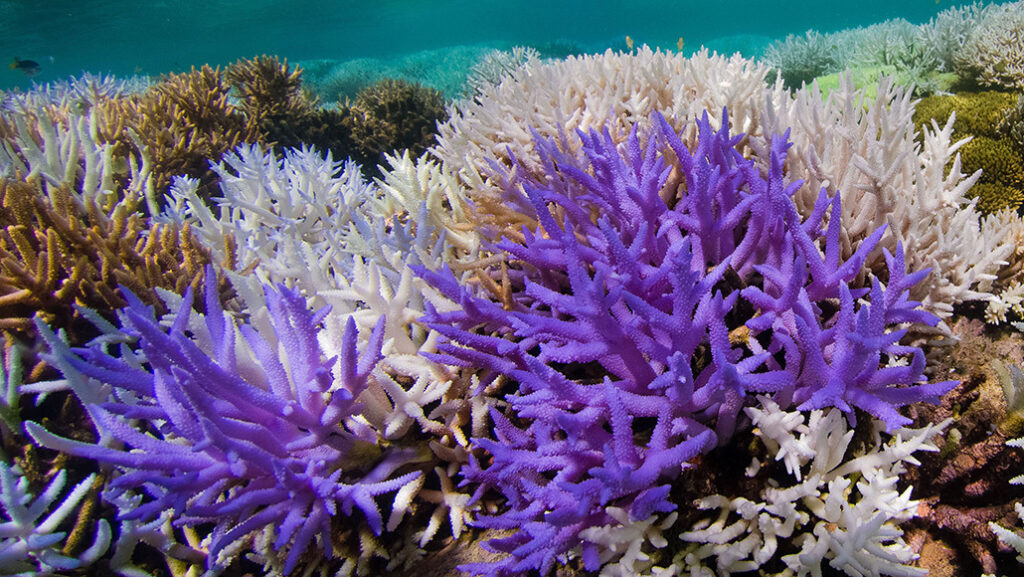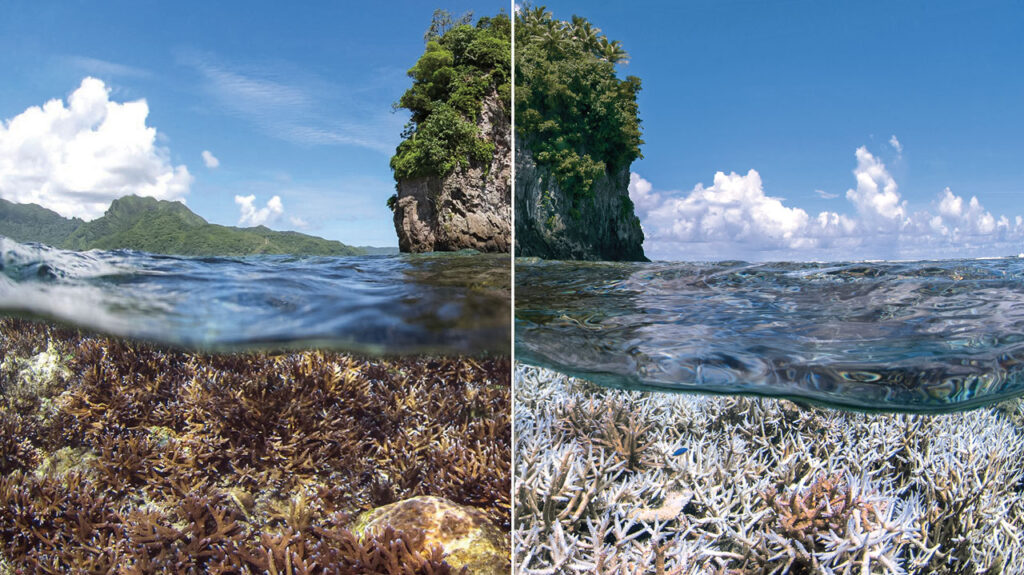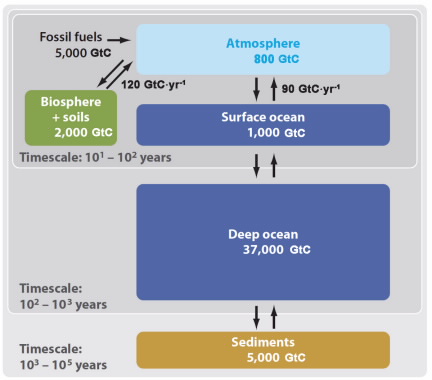Coral bleaching due to climate change
ByCoral bleaching due to climate change:
What is coral bleaching? Coral bleaching is when the coral in the water starts to whiten because of the corals loss of algae which also carries the corals photosynthetic pigment ( pigment that is in photosynthetic bacteria and captures energy). Coral bleaching could be caused by solar irradiance (for examples, ultraviolet radiation).

Which ecosystem is affected? The Coral reefs.
They are found in the deep sea. These reefs are affected because once the coral dies, the reef won’t come back. Since there’s a small amount due to bleaching, it’s hard to reproduce, while the whole entire reef itself is something the wildlife depend on is deteriorating.
The indigenous rangers form a crucial part of reef protection. They do this by doing practical work and educating the wider public about the great barrier reefs environmental and cultural importance.
Coral reefs have been affected in the Indian Ocean. Up to 90% of coral covers have been lost in Maldives, Sri Lanka, Kenya, and Tanzania and the Seychelles during the 1997-98 bleaching event.
Greatest Threats: Rising temperatures in the ocean have a very large impact on coral. Even the slightest raise in the waters temperature could drive algae away, this will cause the coral to die. Changing ocean chemistry is also a global threat to the coral reef ecosystem.
When the atmospheres temperature rises, so does the water.
When the algae leaves the coral. The coral will start to starve because the algae makes the food that the corals need to survive, which also puts a lot of stress on the coral.
Loss of algae is also how coral bleaching starts, because, it shows the calcium carbonate shape under the polyps in the coral.
The bleaching doesn’t automatically kill coral. If its prolonged or it is severe case of bleaching, then the coral colonies will either die, or be even more vulnerable to diseases.

Ocean chemistry: The Intensity of tropical storms as well as the changing ocean circulation can also affect our coral reefs. This is also known as ocean acidification. People have said that the coral colour correlates to the heat stress in the water. Some scientists say that that after a long time of heat stress, the coral bumps up their fluorescent compound, which is also the compound which gives the coral its colour. An improper balance of nutrients can be a cause to colourful bleaching

Sources for images: https://www.acs.org/climatescience/oceansicerocks/oceanchemistry.html
https://www.science.org/content/article/el-ni-o-s-warmth-devastating-reefs-worldwide
sources : http://en.m.wikipedia.org/wiki/Coral_bleaching
https://www.noaa.gov/education/resource-collections/marine-life/coral-reef-ecosystems
https://www.britannica.com/science/coral-bleaching